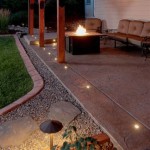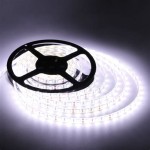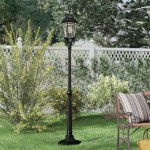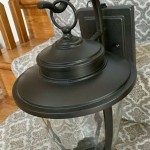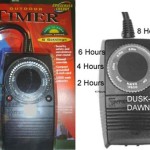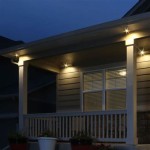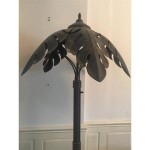How To Install Outdoor Wood Stove: Essential Aspects
Installing an outdoor wood stove requires meticulous planning and adherence to safety guidelines. Understanding the fundamental aspects involved is crucial for a successful and gratifying installation. This article will delve into the essential aspects of installing an outdoor wood stove, providing a comprehensive guide for anyone embarking on this project.
1. Site Selection:
Choosing the proper location for your outdoor wood stove is paramount. Consider proximity to your living area, accessibility for fueling and maintenance, and prevailing wind patterns to avoid smoke intrusion. Ensure a non-combustible surface or platform for the stove and maintain a safe distance from flammable materials, vegetation, and structures.
2. Foundation Preparation:
A solid and level foundation is essential for the stability and proper functioning of your outdoor wood stove. Depending on the stove's size and weight, options include a gravel pad, concrete slab, or fireproof bricks. Ensure the foundation is large enough to accommodate the stove and any additional accessories, such as a firewood rack or chimney.
3. Stove Assembly:
Most outdoor wood stoves require some assembly before installation. Carefully follow the manufacturer's instructions to properly assemble the stove, including attaching legs, doors, and flue components. Use the provided hardware and tighten all connections securely to ensure a safe and efficient operation.
4. Chimney Installation:
A properly installed chimney is crucial for the safe and efficient operation of your outdoor wood stove. Select a chimney that meets the manufacturer's specifications and local building codes. Securely attach the chimney to the stove and ensure it is vertical, straight, and well-supported. Utilize flashing or a roof boot to prevent water intrusion and maintain proper airflow.
5. Fuel Source:
Outdoor wood stoves require a consistent supply of seasoned firewood. Seasoned wood is dry, burns efficiently, and produces less smoke. Use hardwoods, such as oak, maple, or birch, for optimal performance and longevity of your stove. Ensure that the firewood is split to an appropriate size and stored in a dry location to prevent moisture buildup.
6. Safety Features:
Safety is paramount when operating an outdoor wood stove. Install a spark arrestor or screen on the chimney to prevent flying embers from escaping. Consider a stove thermometer to monitor temperature and avoid overheating. Keep a fire extinguisher nearby for emergencies and ensure that all family members are aware of the proper operation and safety precautions.
Conclusion:
Installing an outdoor wood stove requires careful planning, proper execution, and adherence to safety guidelines. By understanding and addressing the essential aspects outlined above, you can ensure a safe, efficient, and enjoyable outdoor wood stove experience that enhances your outdoor living space.

Outdoor Wood Coal Boiler Installation

Installation Of A Nature S Comfort Outdoor Wood Furnace

Installation Of A Nature S Comfort Outdoor Wood Furnace

Outdoor Furnace Installation Tips For Do It Yourselfers And Pros

Plumbing Installation Ez Boilers Outdoor

Installation Gallery Crown Royal Stoves

Plumbing Installation Ez Boilers Outdoor

Wood Boiler Basics Obadiah S Boilers

Find Out How To Install A Shaver Outdoor Wood Burning Furnace Boiler Stove

Outdoor Wood Coal Boiler Installation
Related Posts
